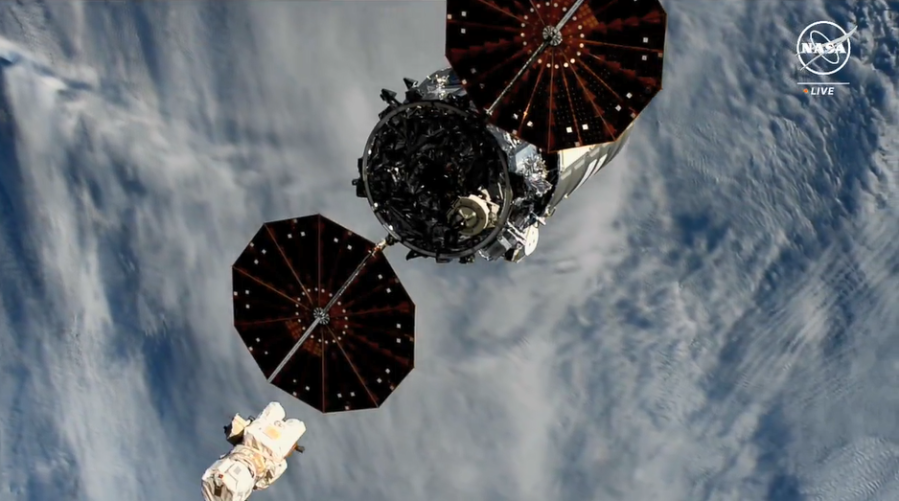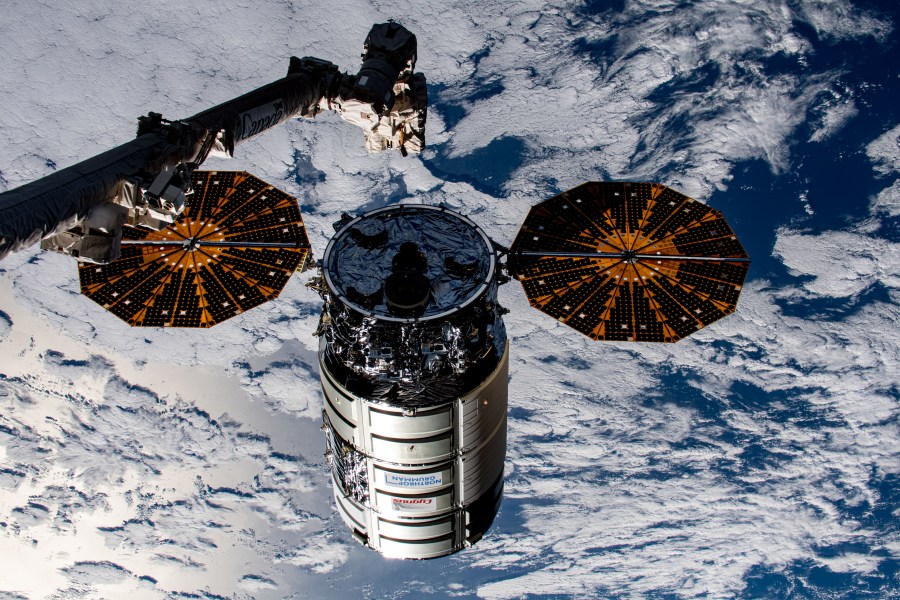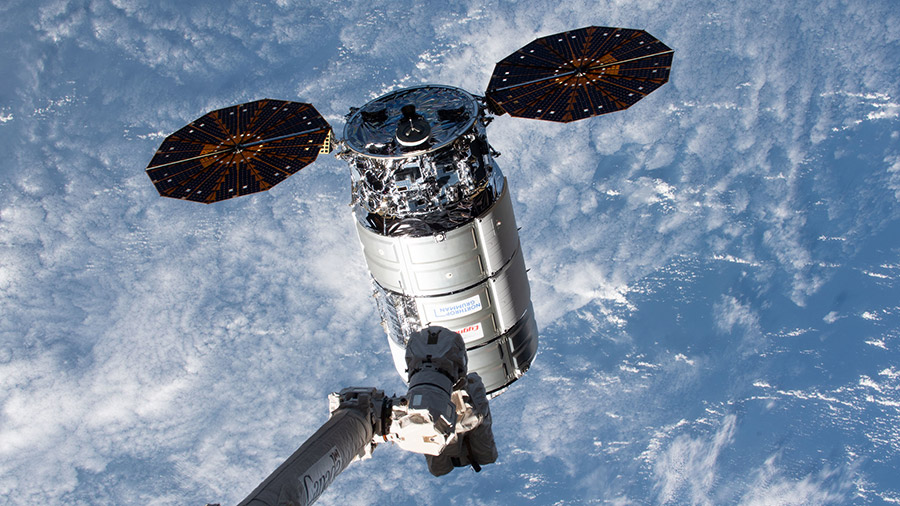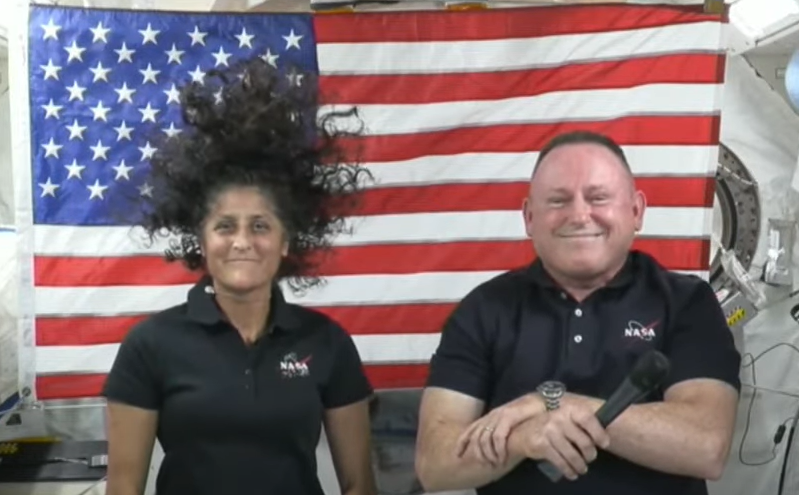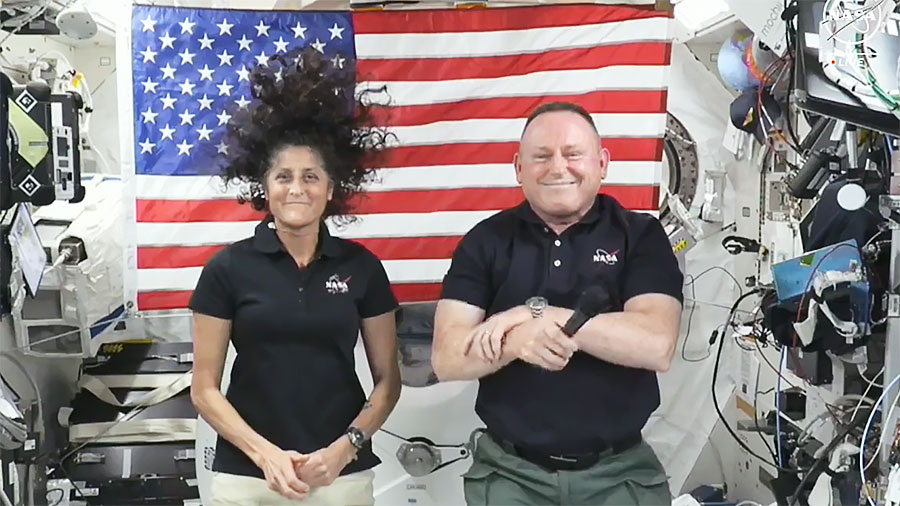Astronauts Butch Wilmore and Suni Williams, crewmembers of NASA’s Boeing Crew Flight Test mission, performed a host of research activities and other roles aboard the International Space Station. Wilmore and Williams give the microgravity laboratory a complement of nine people working through daily tasks. On Monday, Wilmore and Williams reviewed the procedures for using the …
NASA Starliner Astronauts Work Research, Maintenance Aboard Station




























